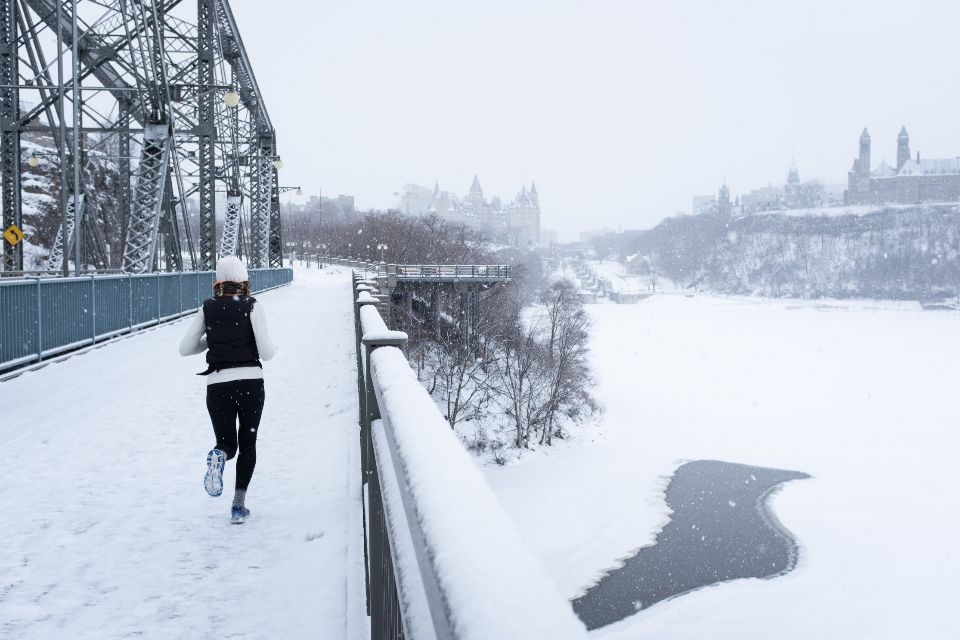Emergency and Trauma Care
Want to learn more about this at Kettering Health?
If you’re considering a walk in the snow, ice skating on a local pond, or hitting the slopes, don’t let cold temperatures stop you. But we shouldn’t be careless about the cold, either.
Taking the proper precautions will help you stay safe and have fun. Start by knowing the temperature.
“If the temperature with wind chill factor is 18 degrees below Fahrenheit or lower, it can be too cold to exercise outside,” says Ryan Konkel, EMS Coordinator for Kettering Health. “In those conditions, frostbite can affect exposed skin in 30 minutes or less.”
Along with knowing the temperature, Konkel says that staying safe often comes down to how we’re dressing for the weather.
Layer for warmth
Wear the right fabrics. “Cotton and heavy, tight-knit fabrics can trap the sweat next to your skin and make you feel chilled and clammy,” Konkel explains. “You want clothing made from wicking fabrics: high-tech polyester that absorbs very little moisture.”
The moisture-wicking layer should go closest to your skin, topped by a fleece or wool layer for warmth. In rain or snow, also wear a light, waterproof jacket.
“Moisture draws heat out of the body at any temperature and becomes more dangerous in the cold. In the cold, moisture becomes something of an enemy,” says Konkel. “So, dress in a way that lets sweat wick away from your body while keeping the elements out.”
Cover your extremities
When outside in cold weather, your body redirects blood flow from your extremities, especially your hands and feet, to your core. That’s why Konkel recommends wearing
- A hat made of moisture-wicking fabric
- Thin glove liners, plus a pair of heavier gloves or mittens lined with wool or fleece
- Up to two pairs of socks: one nylon and the other wool
Choose shoes that protect
Proper shoes are a must in ice and snow. “Make sure your shoes are waterproof and have good traction,” Konkel advises. “You can even buy ice shoe covers, which stretch around your shoes or boots. They have metal spikes that grip the ground to keep you from slipping.”
Breathe easier with a scarf
Cold air can irritate the lining of your airway and lungs, especially if you have asthma. So even if you are exercising alone, be sure to wear a scarf or face mask to cover your mouth. That way, you’ll breathe in warm, moist air.
Safety first
If you are an older adult or have a health condition such as asthma, heart problems, or blood circulation issues, talk to your doctor before exercising in cold weather. You may need to take special precautions.











